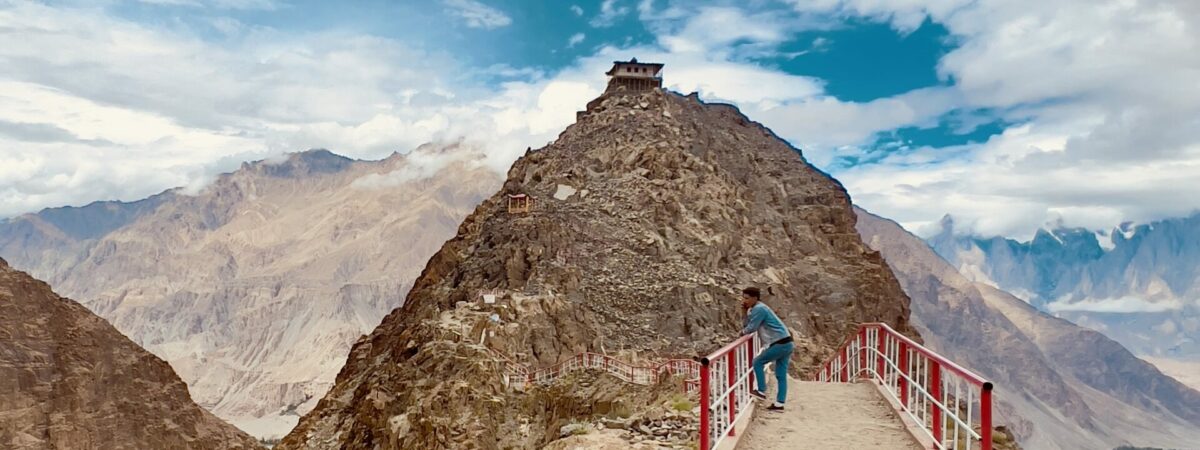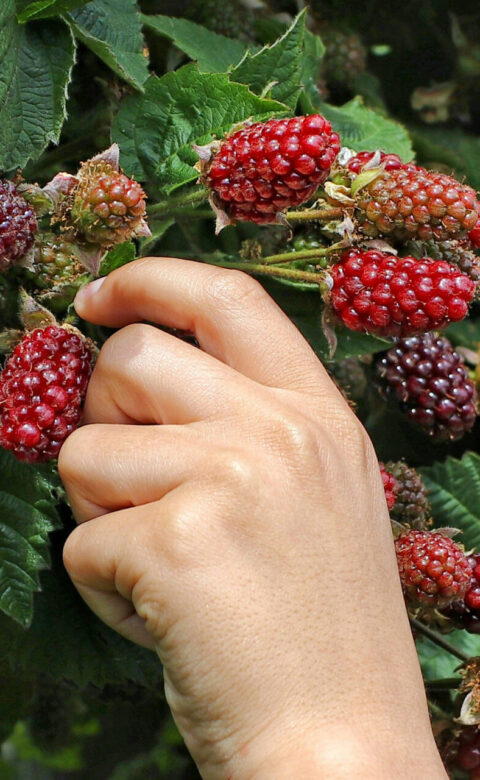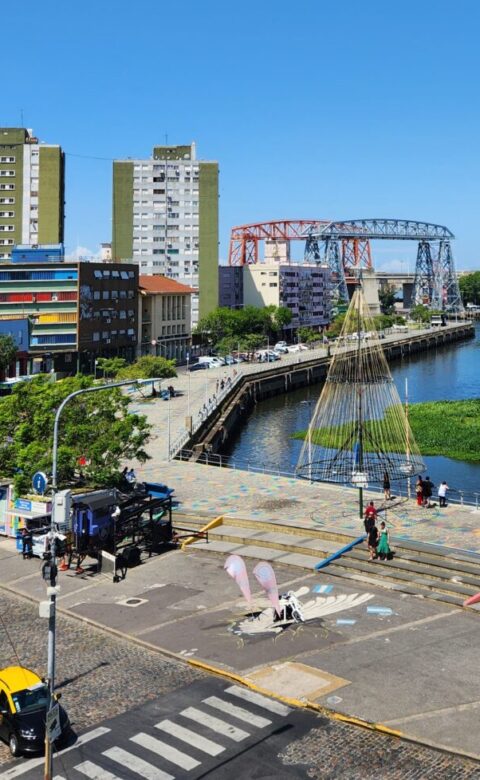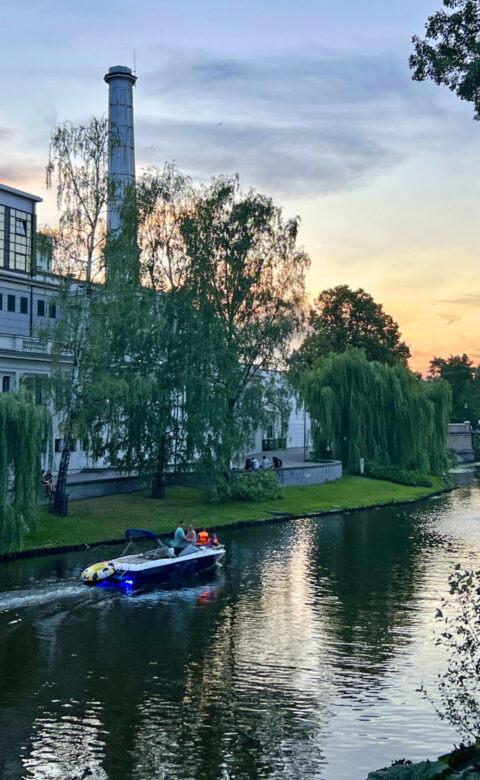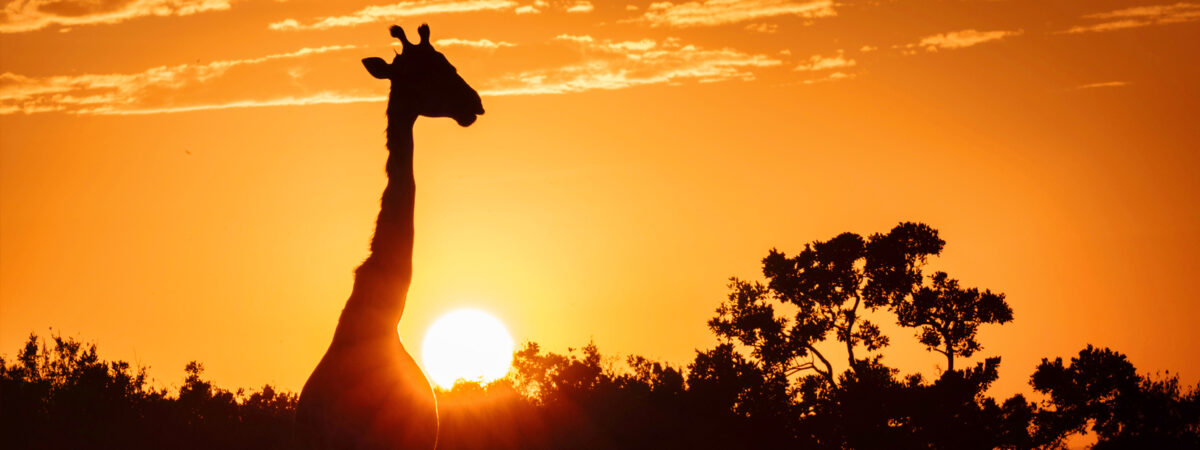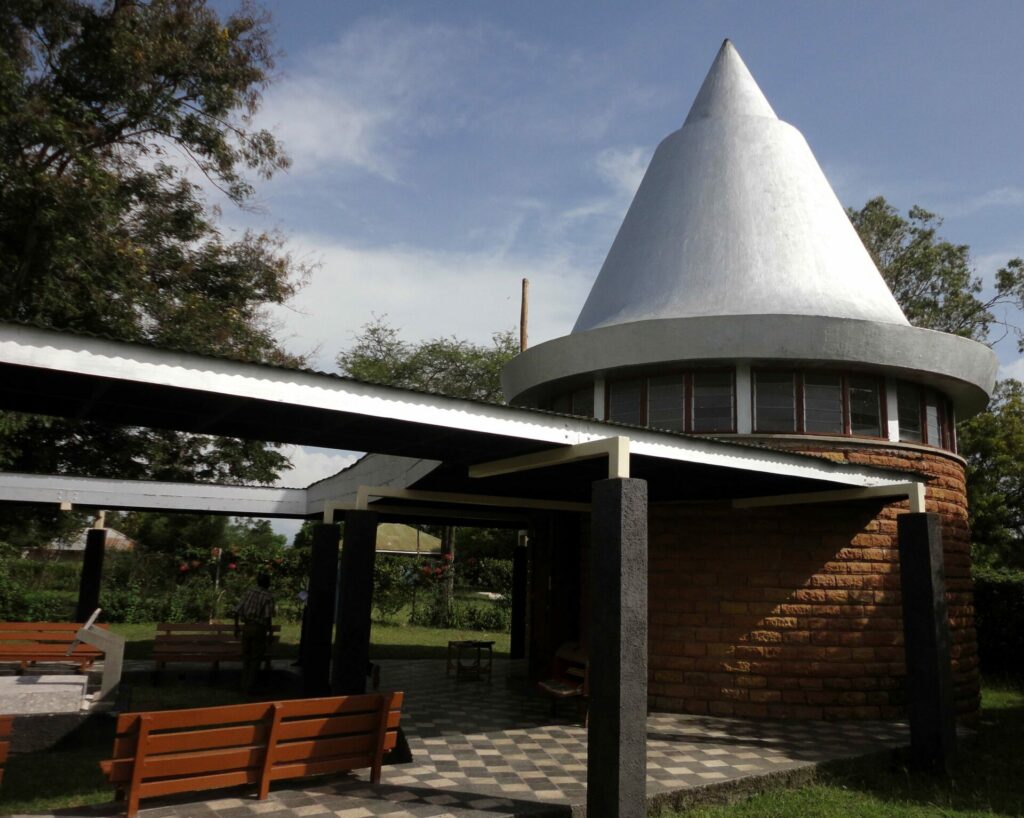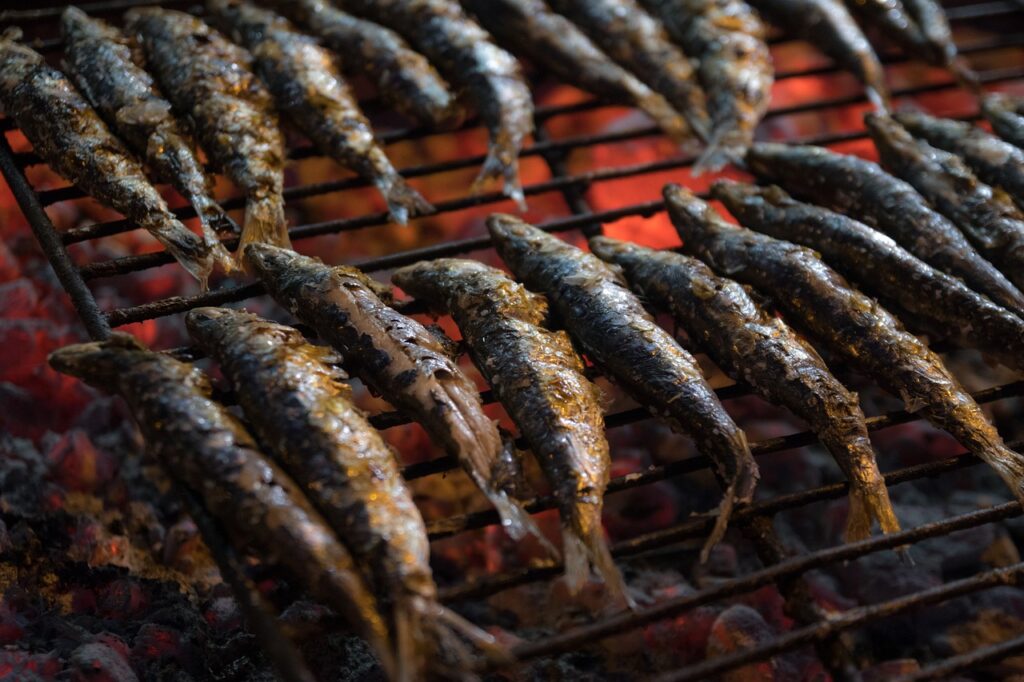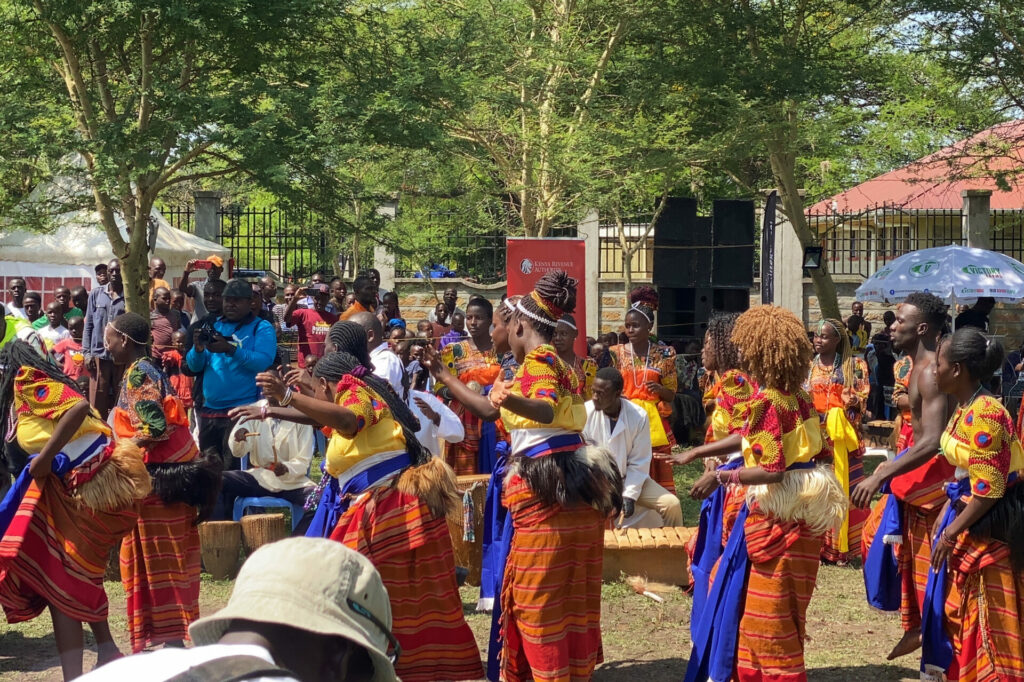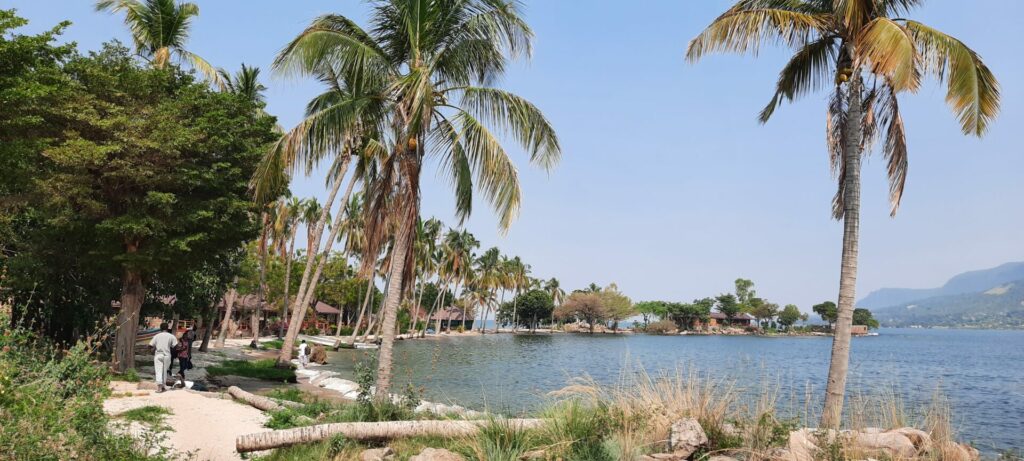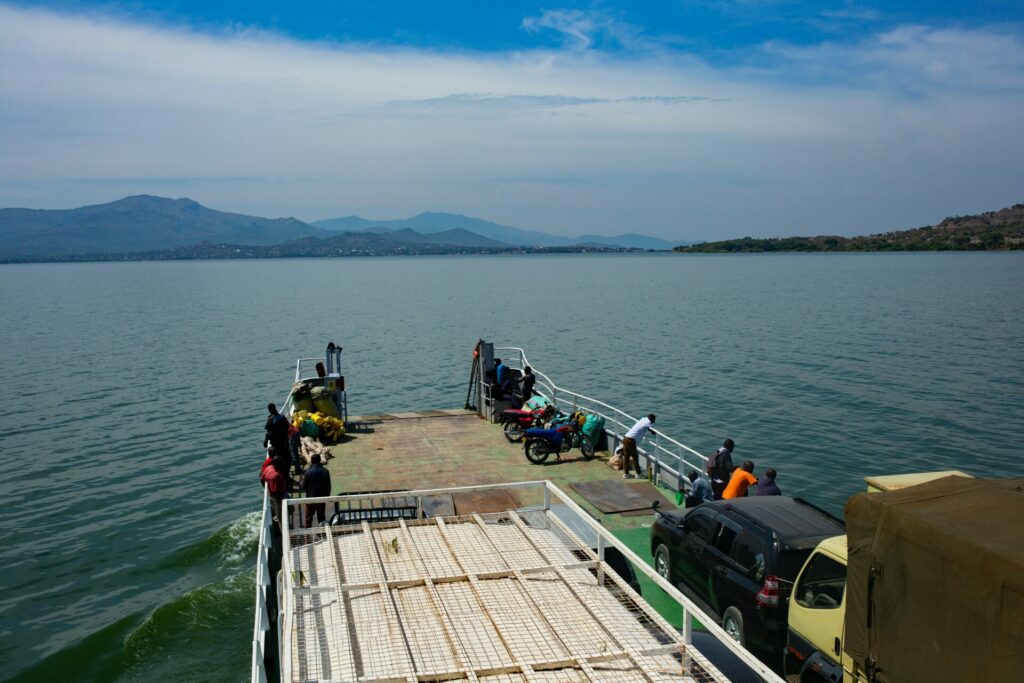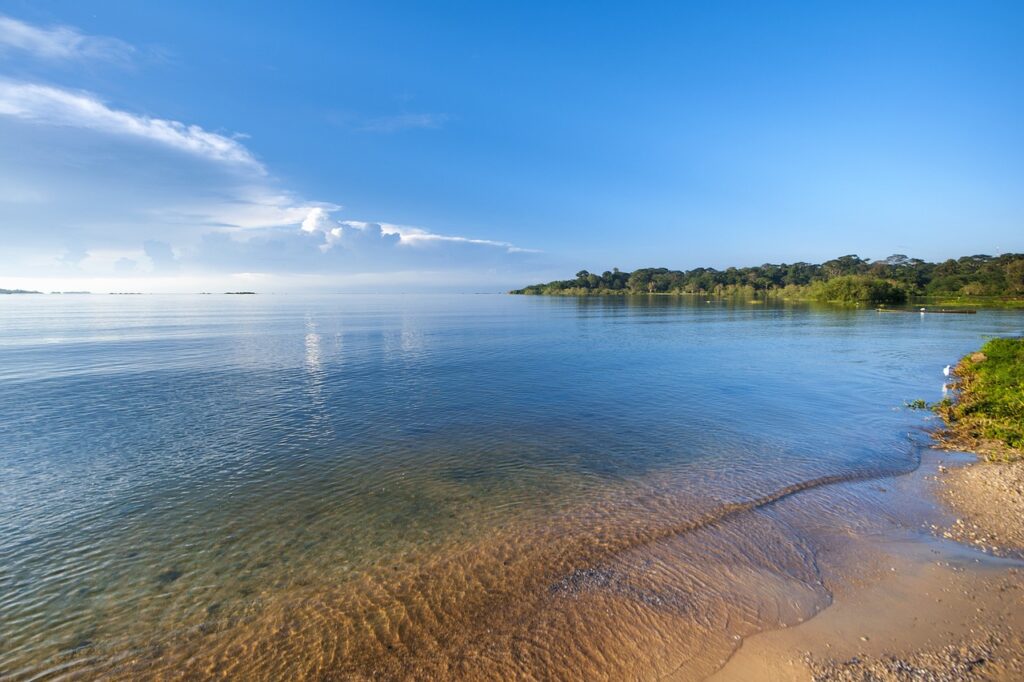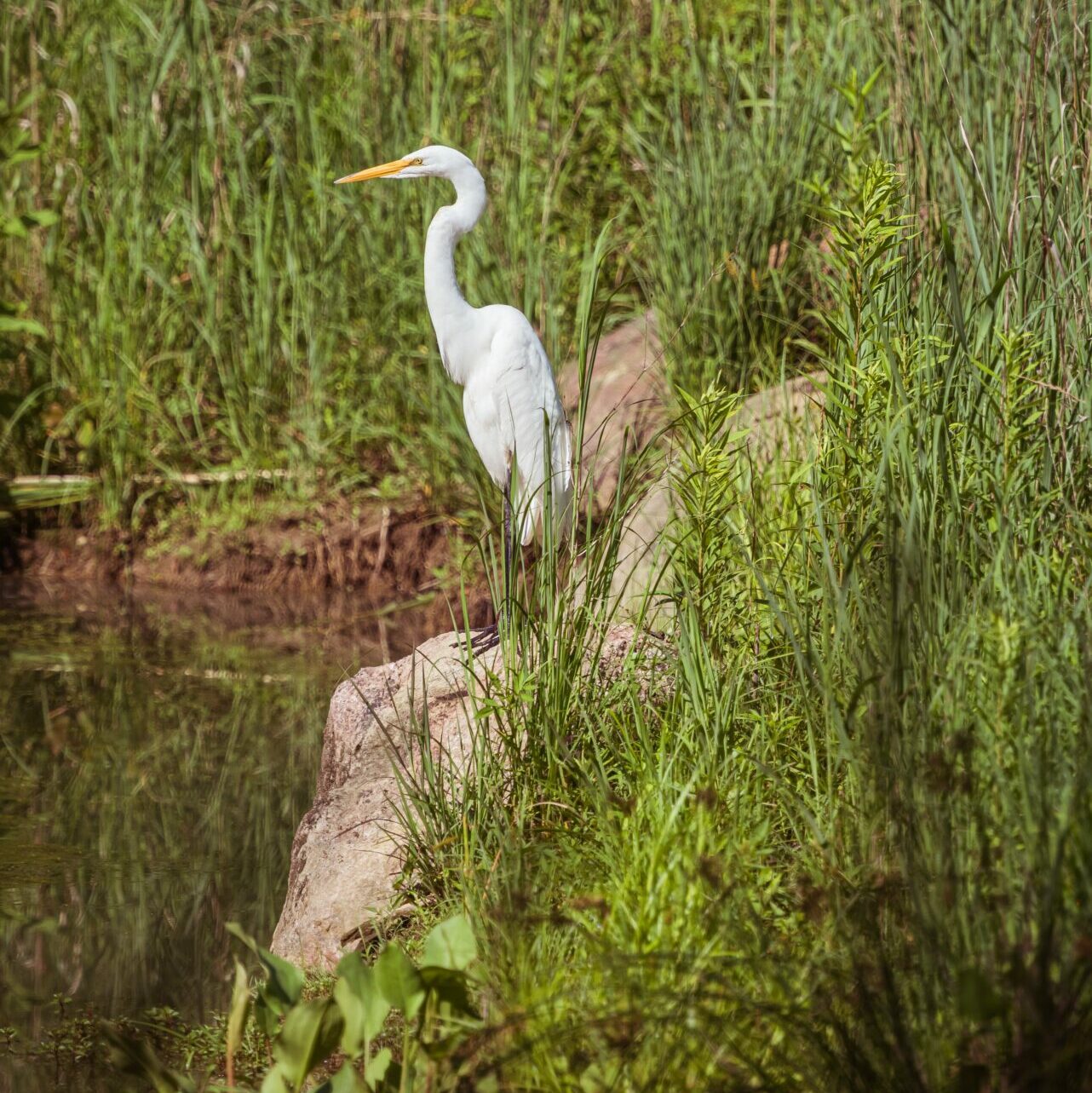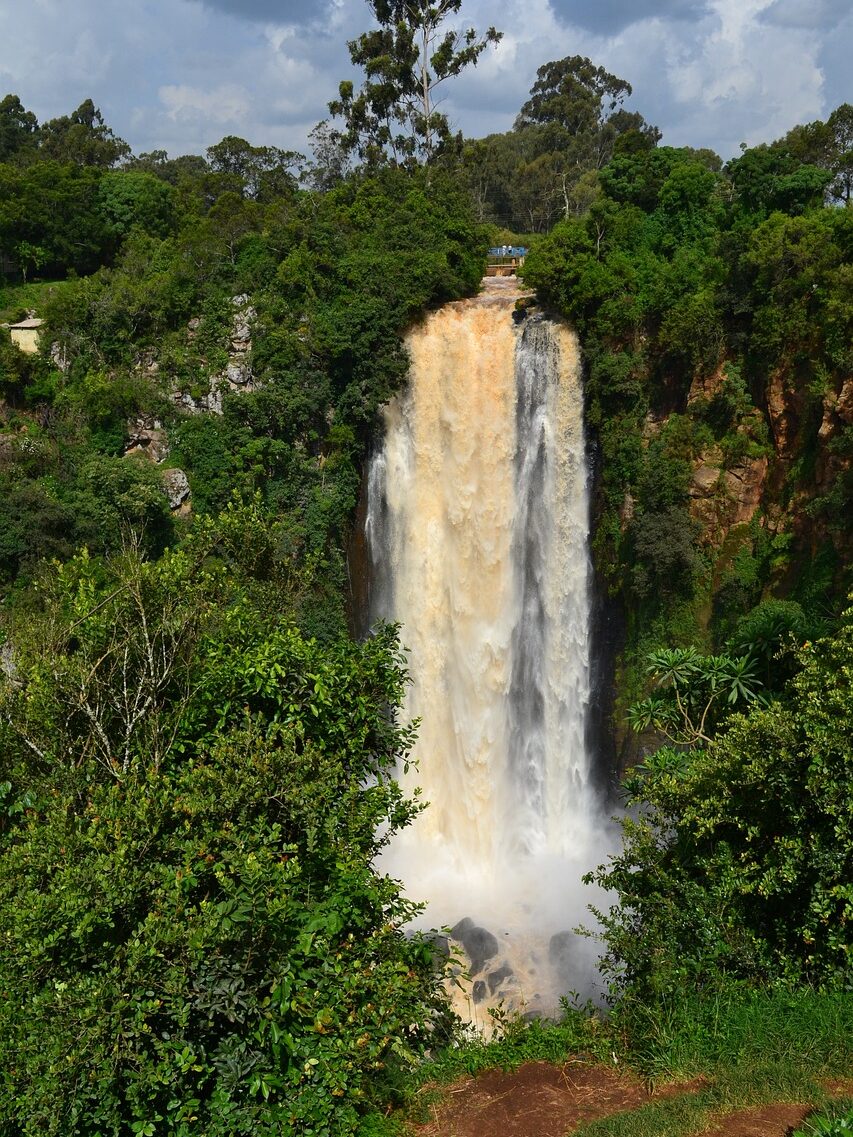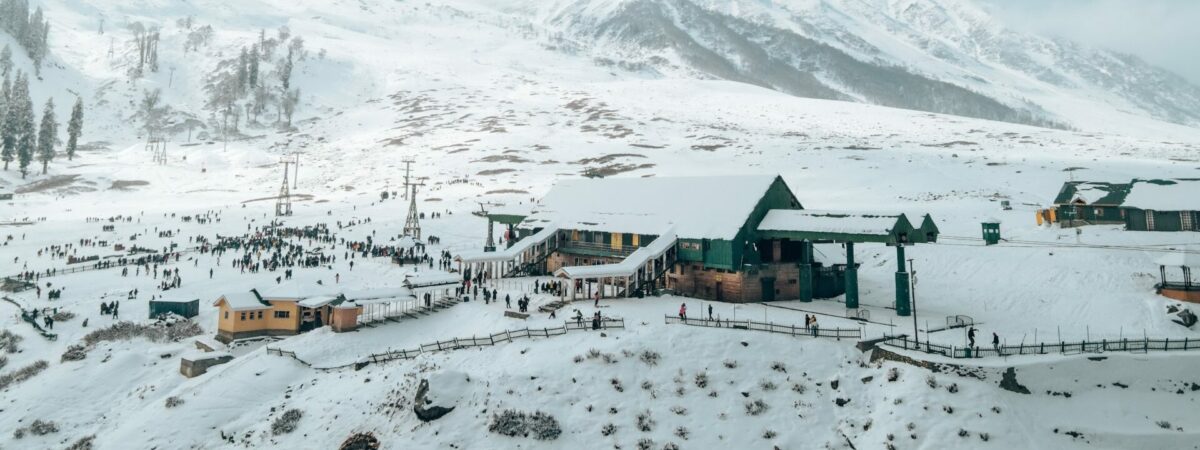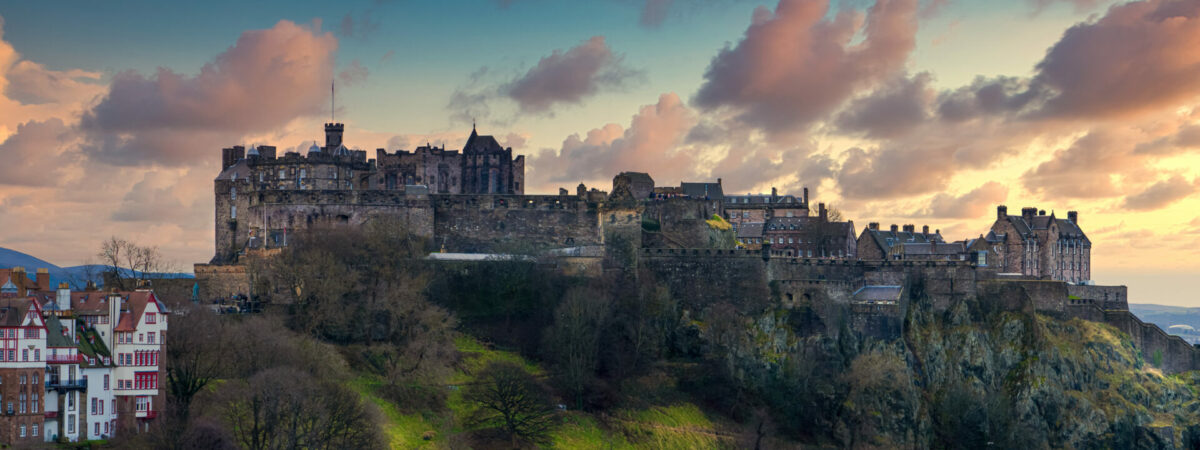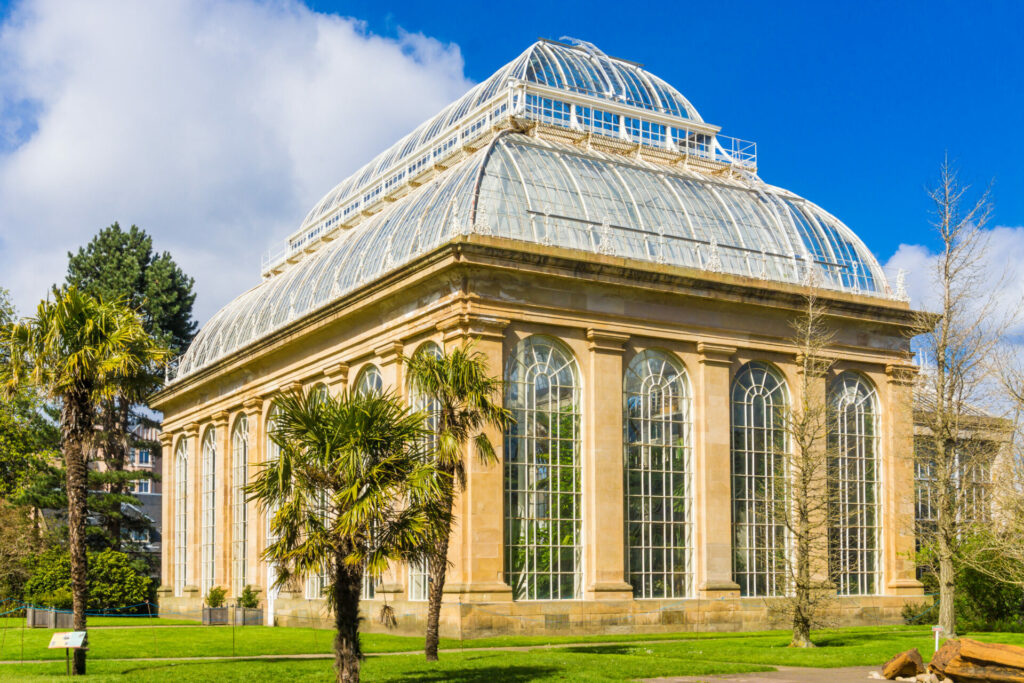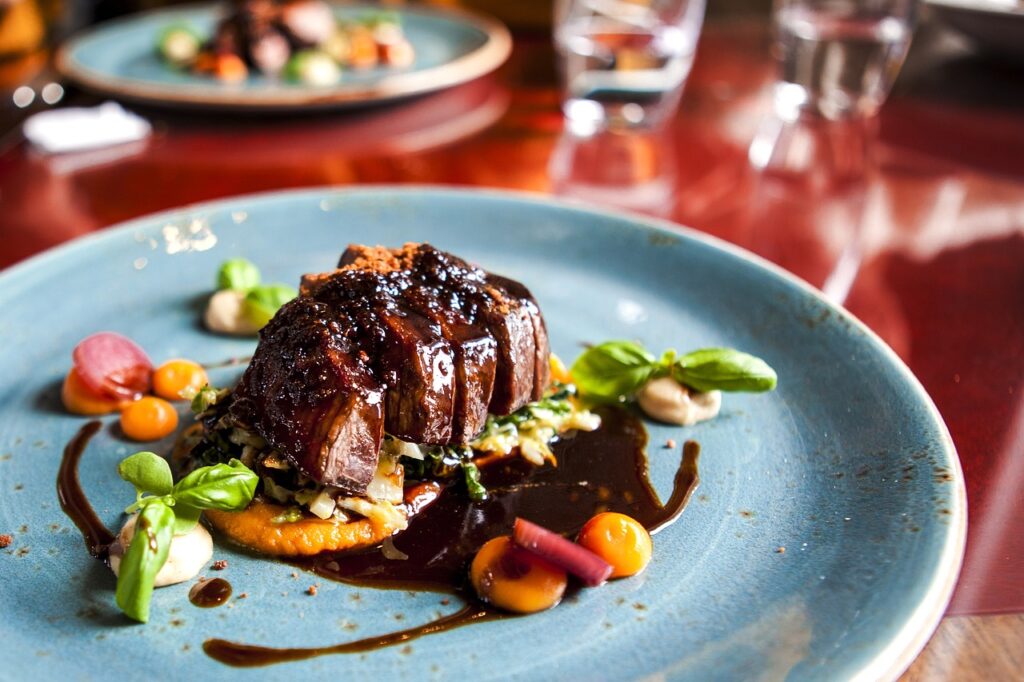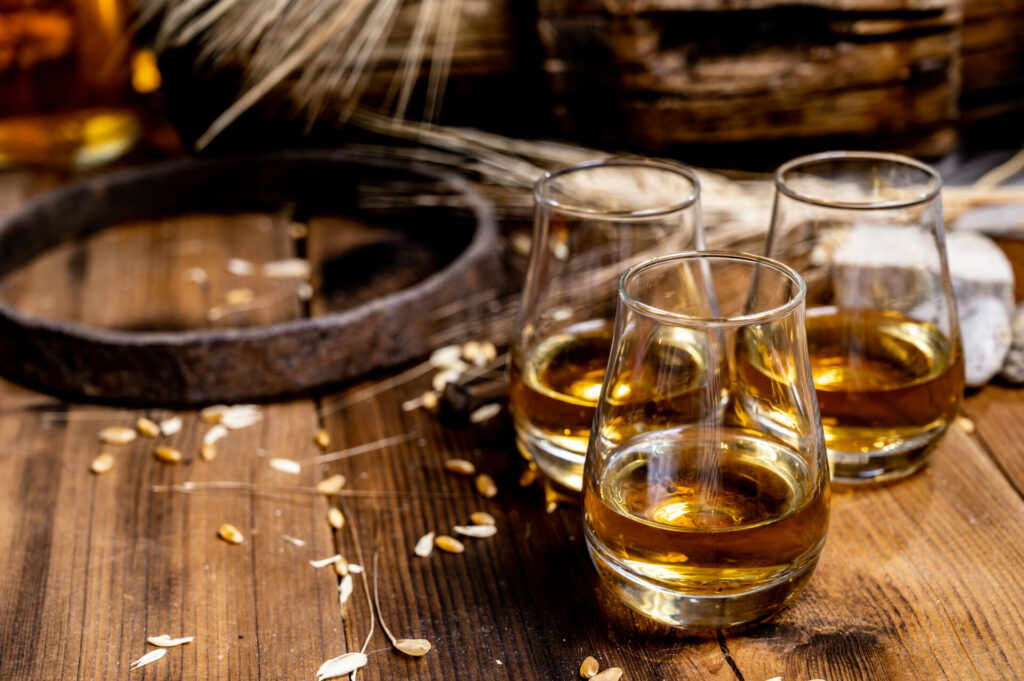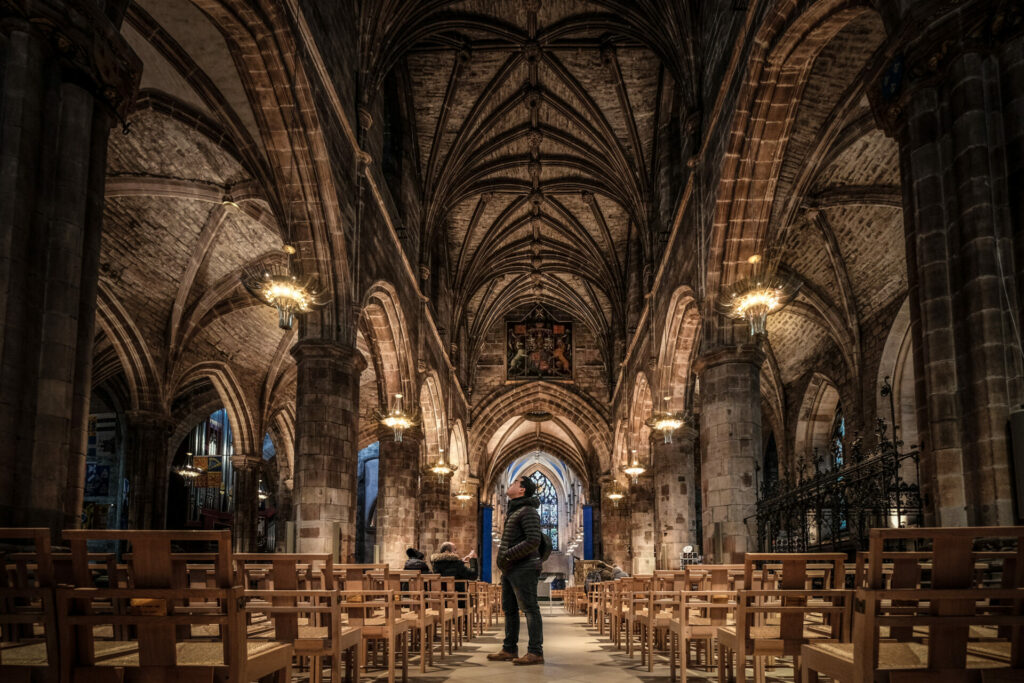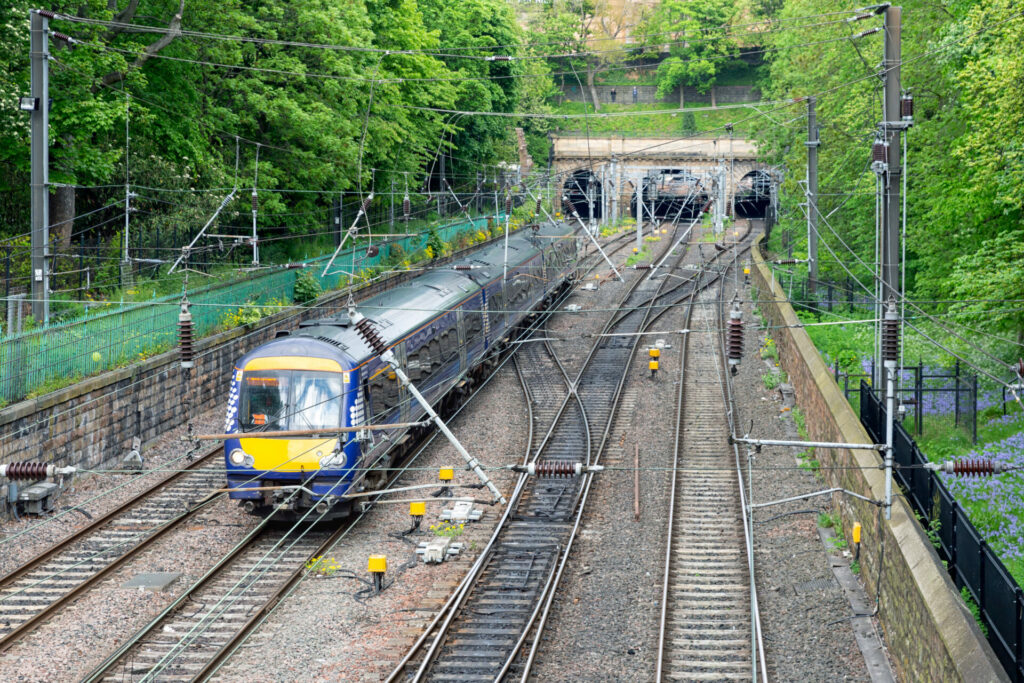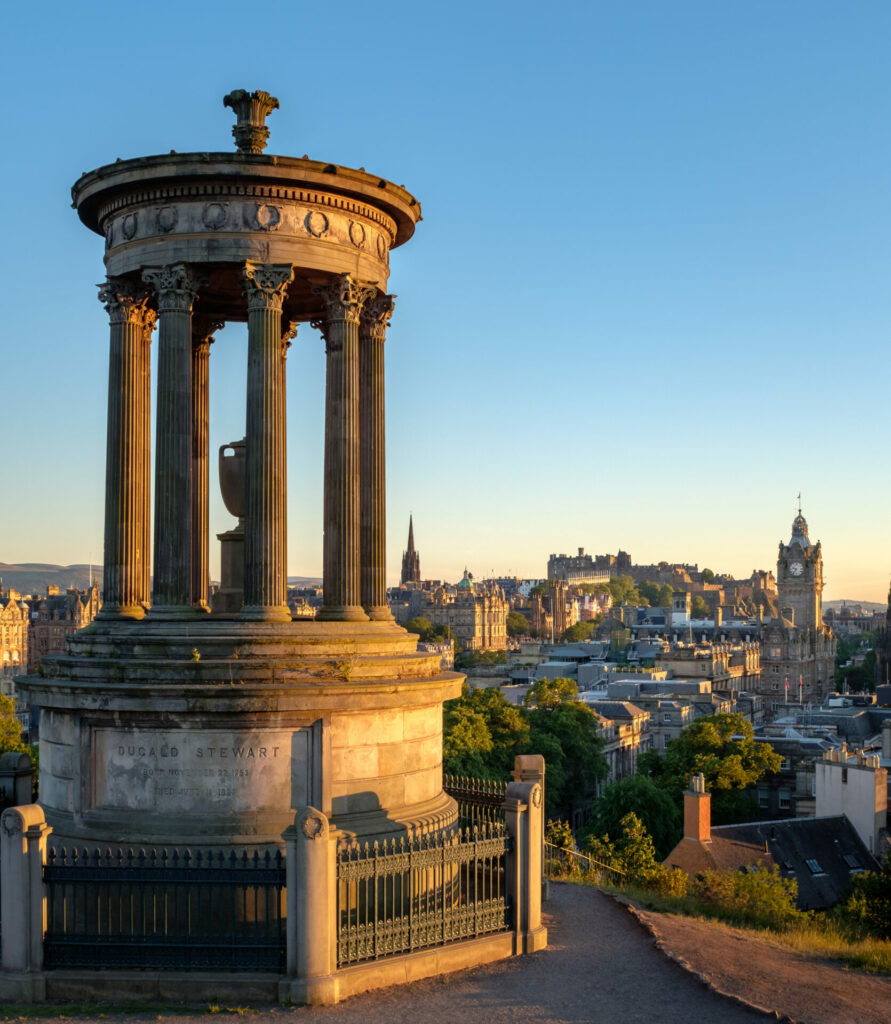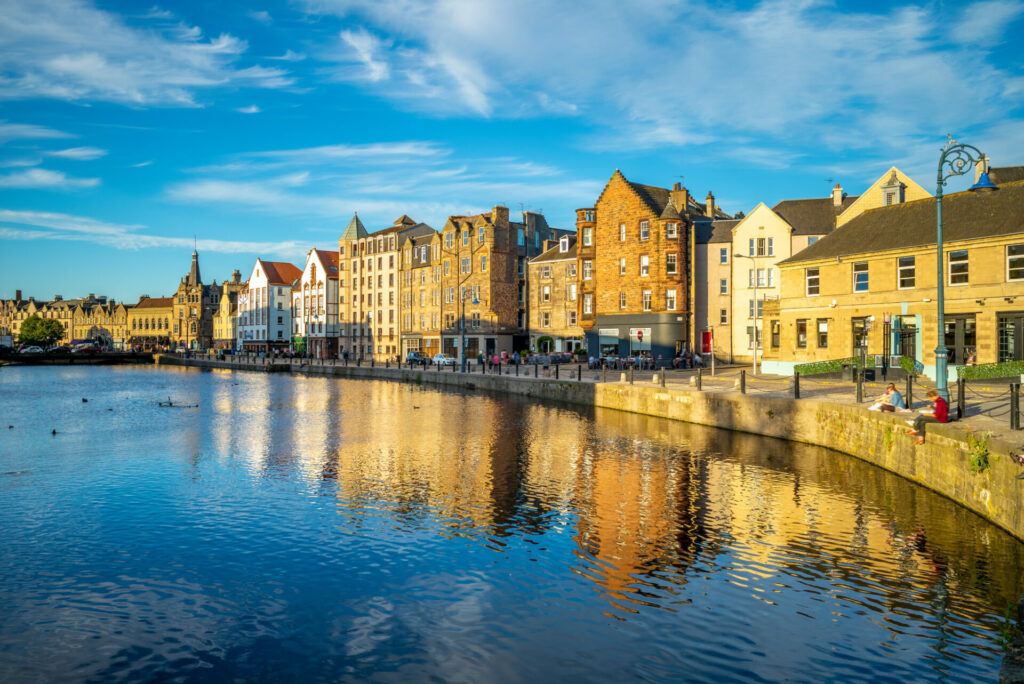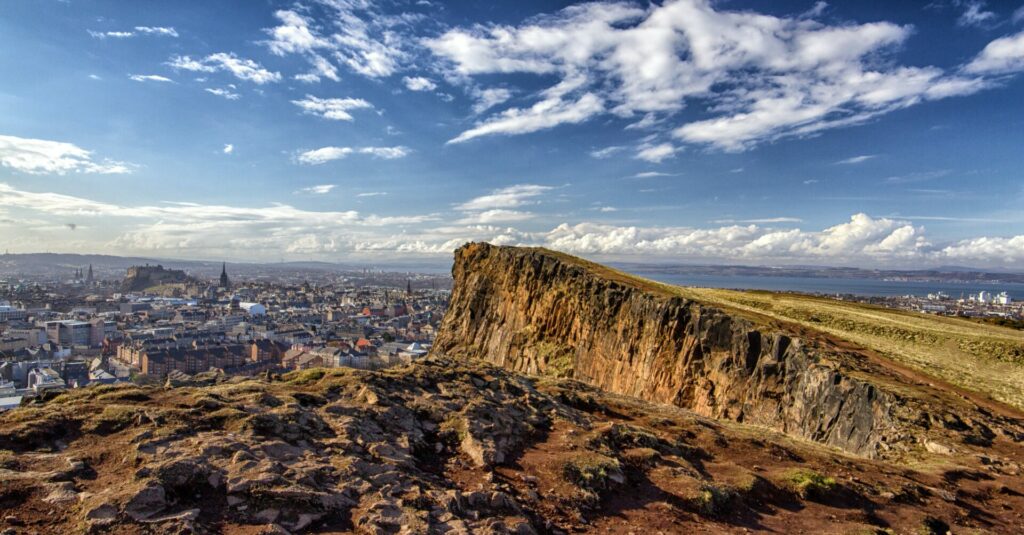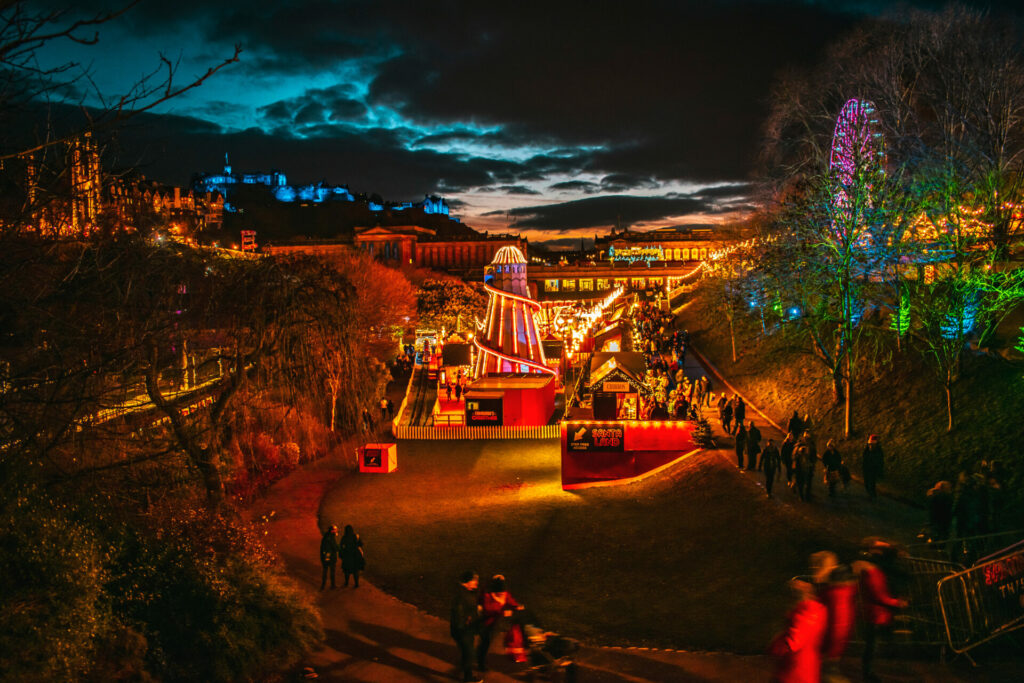I recently had the most incredible adventure in the mountains of Baltistan, Pakistan, and I just can’t wait to share it with you. The journey took me to an ancient gem, the Thoqsi Khar Khankah Mualla, or simply Thoqsi Khar; a mosque that’s stood proudly for over seven centuries at an astounding altitude of around 9000 feet.
To truly appreciate the significance of this place, let’s delve into its history. The name Thoqsi Khar originated from Thieqsi Khar, which translates to ‘Upper Fort.’ Over time, the name naturally evolved into ‘Thoqsi Khar’ according to the local historian I spoke with, Mazahir Ali Mahir.
Mazahir further told me that when the Islamic preacher Hazrat Amir Kabir Syed Ali Hamdani arrived in the city of Khaplu to spread Islam, he invited the local ruler, Raja Boa Mahdi, to embrace the religion; an invitation which the Raja accepted. At the very top of a mountain’s peak, the foundation of a mosque was laid by him in the year 782 AH (1327-1328 AD), and Mir Shamsuddin Iraqi, an Iraqi preacher who came to Khaplu, then oversaw the mosque’s construction.
Now, let’s get back to the journey. To start, we made our way from Khaplu City, and what a way to begin!
When we reached the city, it was raining and we worried that we would not be able to enjoy clear views, with everything in the mountains hidden under a layer of cloud and swirling mist. But fortunately, the rain stopped, the skies were clear within three hours, and we resumed our adventure.
The trip to the Khankah was like a passage into a magical land, surrounded by towering mountains, expansive grazing fields, glistening streams, and charming villages. This was just the beginning of a trek that promised not only the beauty of the mosque but also a deep dive into the stunning landscape.
We purchased some drinks and snacks from a local shop to enjoy at the top of the mountain. Buying supplies from a vendor in the city is essential; you won’t find any shops on the way (and it’s a 3-4 hour trek from Khaplu City).
Join me on the journey — I’ll divide the track we followed into three parts…
Part 1: Khaplu City to Garbonchon Village
The initial leg took us from Khaplu City to Garbonchon Village. You can take a car to the village, but I recommend hiking. Why? Because walking allows you to connect with the locals — especially the kids peeking out from behind gates — and discover their culture and way of life. It’s a unique experience that sets the tone for what’s to come. The most picturesque part of this leg is travelling by the side of a glacial stream with crystal clear water.
During this section of the trek, I talked to local people, who told me about the Khankah’s history and the many folk tales associated with it.
Part 2: From Garbonchon to Chongchorong
The second part of the trek was a visual treat. As we made our way up the mountainside, I passed apricot, apple, walnut, and blueberry trees laden with delicious fruit. And here’s the best part: you can pluck and eat them, and even take some with you. Just remember, respect the trees, don’t be too greedy, pick with care, and avoid breaking branches. This part of the trail was nothing short of a dream, winding under the shade of these fruitful boughs with the chirping of birds as the perfect music to accompany us. The striking thing is how the people are so welcoming, kind, and generous — to guide you to this bounty, offering up these fruits for free.
With such an abundance of fruitful trees, locals gather their crops and naturally dry what’s harvested for use during winter, when the temperature falls below -20°C and the entire area becomes blanketed in snow.
There are many fruitless trees as well. Upon asking a local, they told me that they used their wood to cook food as there is no gas in the region. Additionally, they mentioned that the wood from these trees is used in constructing doors and windows for buildings, as well as for roofing houses.
As we continued hiking, we lost the track and asked directions of a young boy who was enjoying apricots there. He guided us the right way and was even willing to accompany us as far as the Khankah if we wished; but we thanked him and moved on.
At the start of the section, there’s a glacial stream called Khaplu Naddi. We took a break, dipped our feet in the crystal-clear water, soaked up the serenity, and readied ourselves for the next stage of the adventure.
This leg of the journey concluded at a location known as Chongchorong. At the end of this track, there is a canal flowing with fresh glacial water, formed by carving its way through the rugged mountain’s chest. This canal is truly remarkable. We paused at this waterway, rested, refilled our water bottles, and engaged in a conversation with local residents.
Part 3: Walking on the Edge
This final leg is an adrenaline-pumping experience. The track runs along the edge of the mountain “bulge” that hosts the Thoqsi Khar Mosque. It resembles the front portion of a camel, with the Khankah situated atop the camel’s head. To access it, you need to traverse from the camel’s hip, hike along its neck, and eventually reach the crown of its head.
It’s like walking on the edge of a sword, with breathtaking drops on either side. Don’t worry, though; there are safety grilles in place to keep trekkers out of harm’s way.
The views in this section are nothing short of mesmerising. To your left, you’ll see Garbonchon Village and Khaplu Broq’s lush fertile pastureland, with a view of the glacial stream cascading down. On your right, Khaplu City and Hanjoor Valley stretch before your eyes, creating a visual feast that soothes the soul.
There are resting places after almost every 200-300 metres. So, if you are tired, you can sit on these benches and enjoy the surroundings while taking pictures.
Finally, at the end of this thrilling trek, the encounter with the Thoqsi Khar Khankah Mosque, a 700-year-old marvel. Constructed from stones and wood, the mosque’s architectural details, including its doors, windows, and wooden pillars and roof, are a testament to the craftsmanship of a bygone era. Here, we offered our prayers and soaked ourselves in the spiritual atmosphere.
After visiting the Khankah, we headed toward the viewpoint, sat there and enjoyed our brought-along refreshments. From here, we gazed upon Khaplu City, the Shyok River, and the imposing Masherbrum Peak K1 (at 7,821 metres, the 22nd highest mountain in the world and the 9th highest in Pakistan). Here, you’ll be surrounded by mighty snow-capped mountains from all sides, creating a feeling of being on the top of the world.
At this altitude, the fresh mountain air is invigorating. Feel the breeze on your face and bask in the awe-inspiring surroundings. Arms outstretched, strike a Titanic pose facing the majestic Masherbrum Peak and capture memories that will last a lifetime.
And as the sun dips below the majestic peaks of the surrounding mountains, despite all the wonders we’ve already witnessed, the magic truly begins. The pristine mountain air and the absence of urban light pollution create a celestial spectacle that will leave you in awe. This offers a perfect place for star gazing; it will truly take your breath away. Under this starry canopy, you’ll feel like you’re perched on the edge of the universe itself. The clear mountain skies offer an unforgettable experience and a perfect moment to conclude your trek.
So if you’re looking for an adventure, pack your bags, lace up your hiking boots, and get ready to explore this hidden gem in the heart of Pakistan’s mountainous terrain. Thoqsi Khar Khankah is more than just a mosque; it’s a journey that immerses you in Baltistan’s beauty, history, and culture. It challenges your spirit, rewards your senses, and leaves an indelible mark on your soul.

